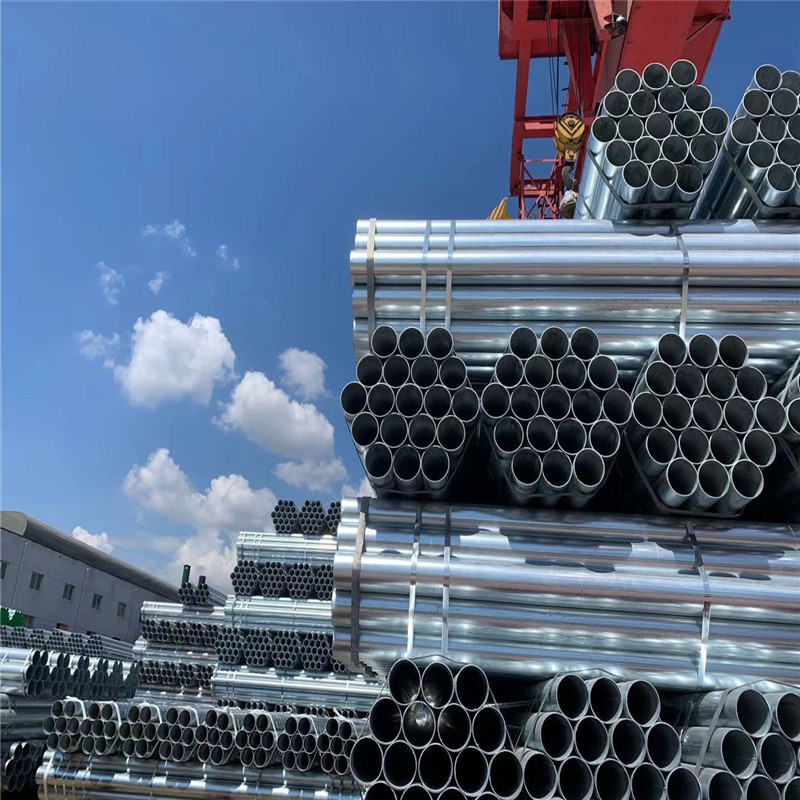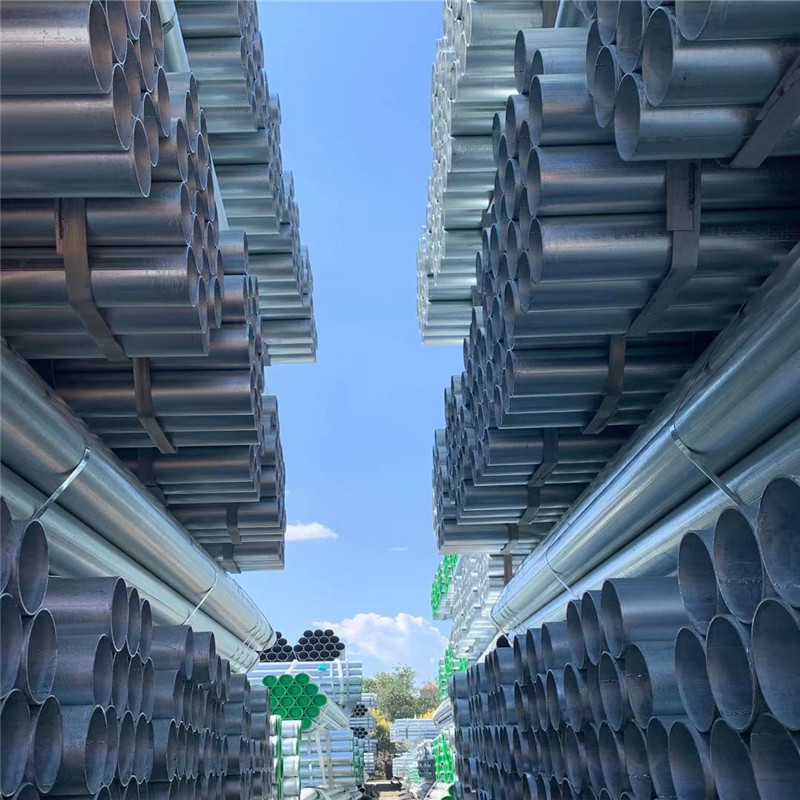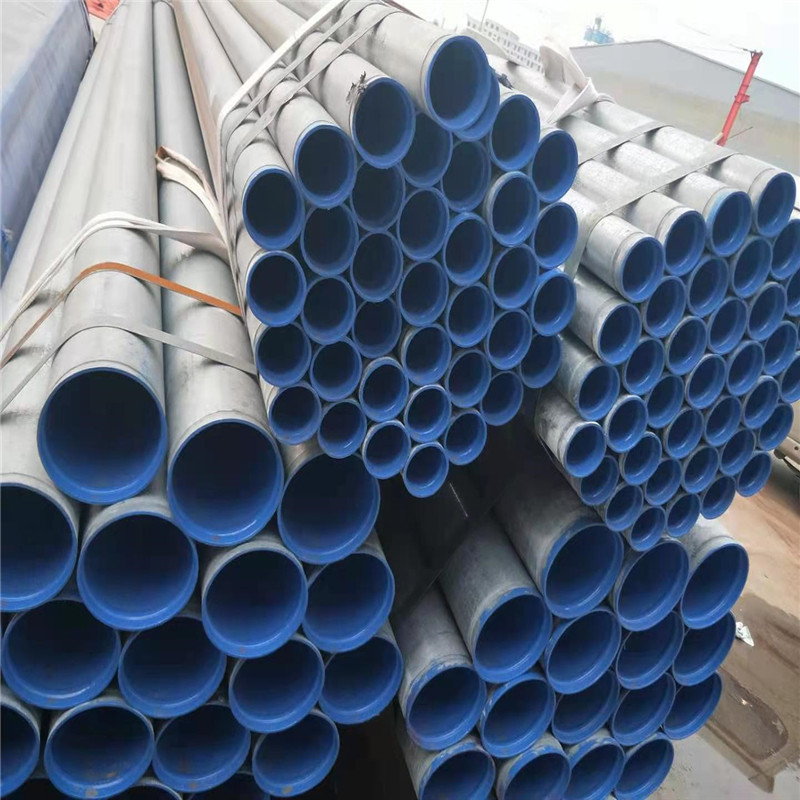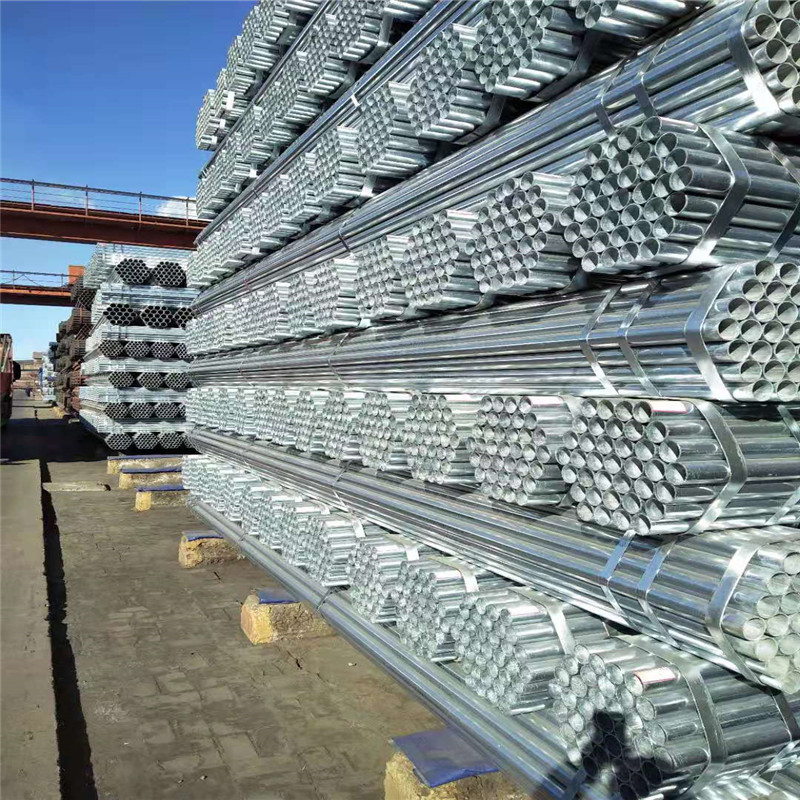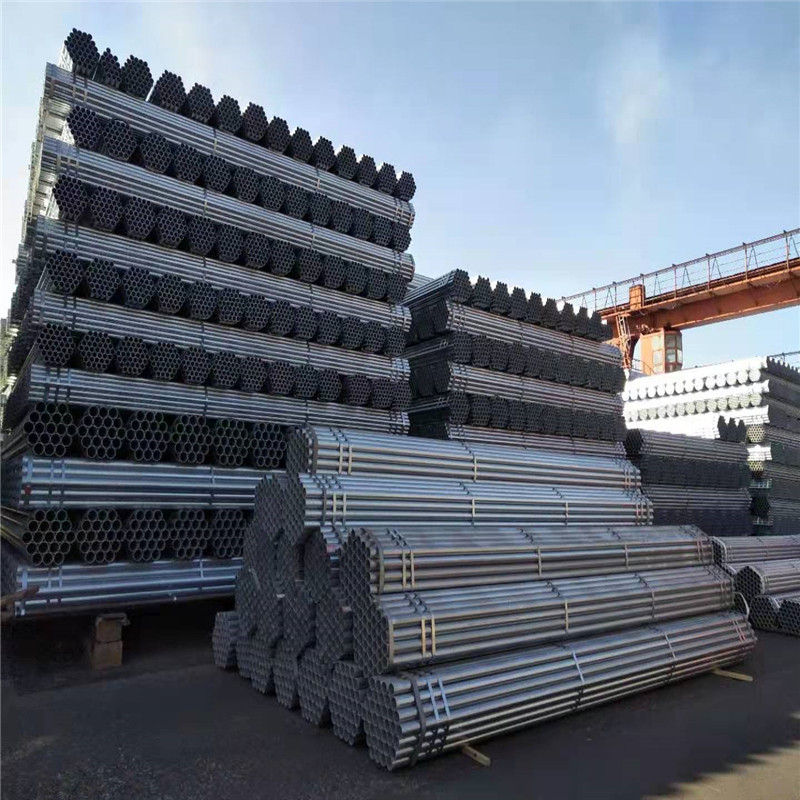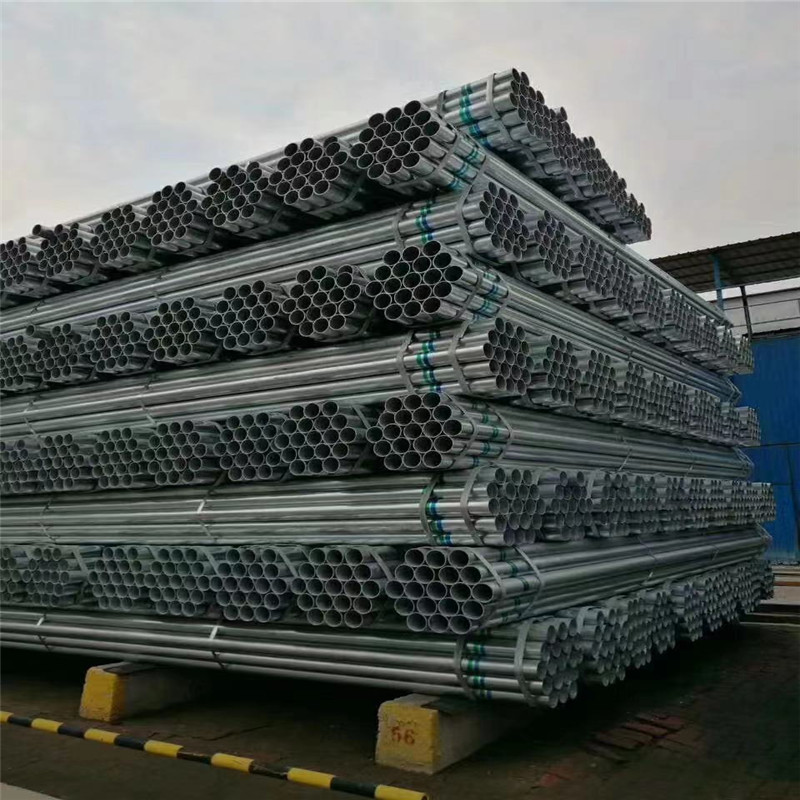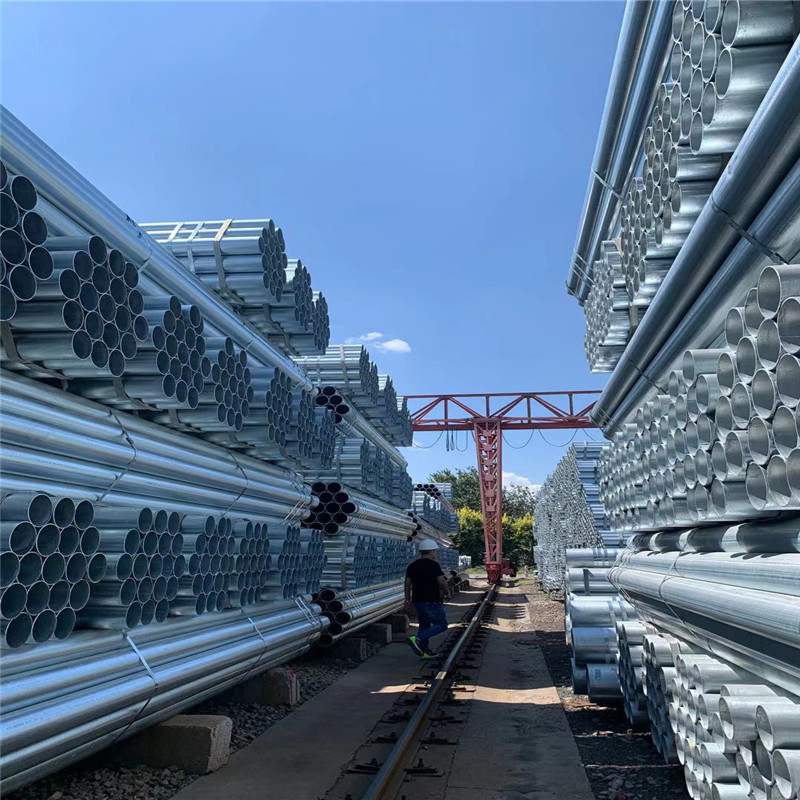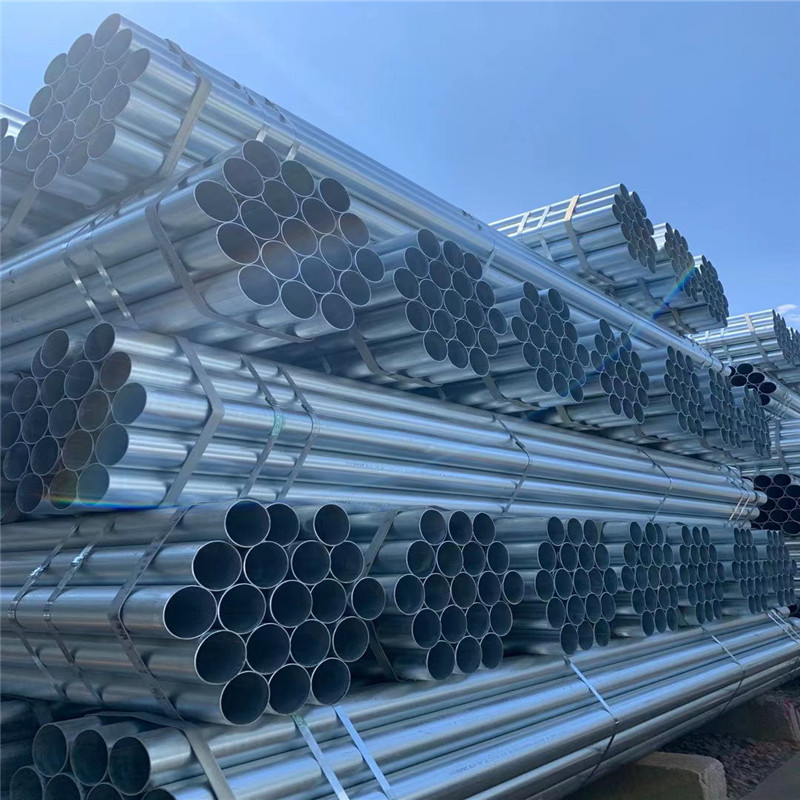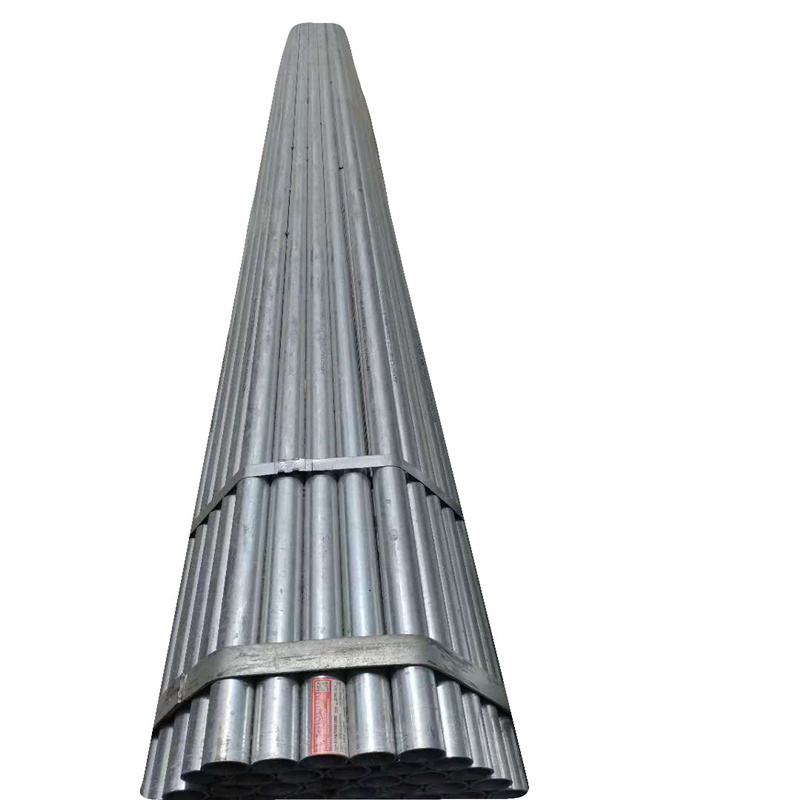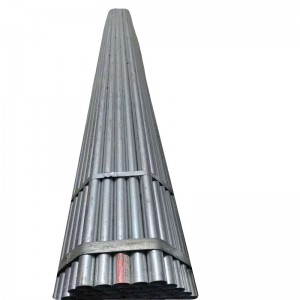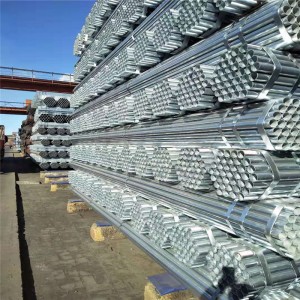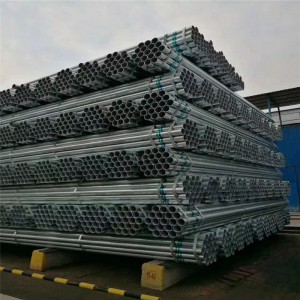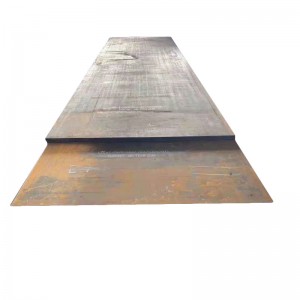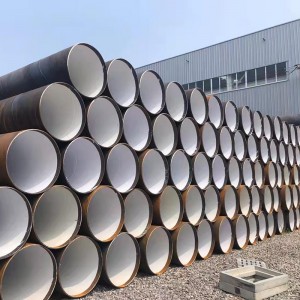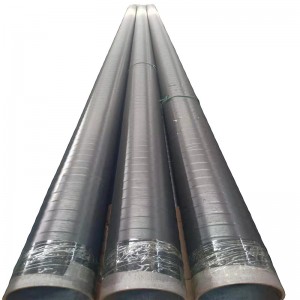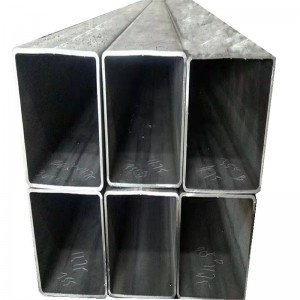High Quality Galvanized Steel Pipe
High Quality Galvanized Steel Pipe
-
Tel: +8613920018539
-
Email: 2317091700@qq.com
Hot dip galvanized steel pipe is to make molten metal react with iron matrix to produce alloy layer, so as to combine the matrix and coating. Hot dip galvanizing is to pickle the steel pipe first. In order to remove iron oxide on the surface of the steel pipe, after pickling, it is cleaned in ammonium chloride or zinc chloride aqueous solution or ammonium chloride and zinc chloride mixed aqueous solution tank, and then sent to the hot dip galvanizing tank. Hot dip galvanizing has the advantages of uniform coating, strong adhesion and long service life. In order to improve the corrosion resistance of steel pipes, general steel pipes are galvanized. Galvanized steel pipes are divided into hot-dip galvanizing and electro galvanizing. The hot-dip galvanizing layer is thick, the cost of electro galvanizing is low, and the surface is not very smooth. Oxygen blowing welded pipe: it is used as steel blowing pipe. Generally, small-diameter welded steel pipe is used, with eight specifications of 3 / 8-2 inches. It is made of 08, 10, 15, 20 or 195-q235 steel strips. In order to prevent corrosion, some shall be effectively aluminized. Nominal wall thickness mm 2.0 2.5 2.8 3.2 3.5 3.8 4.0 4.5.
Coefficient C: 1.064 1.051 1.045 1.040 1.036 1.034 1.032 1.028
Grade of steel: q215a; Q215B; Q235A; Q235B
Test pressure value / MPA: d10.2-168.3mm is 3Mpa; D177.8-323.9mm is 5MPa.
black part inspection → hanging → degreasing → rinsing → pickling → cleaning → dipping plating aid → hot air drying → hot dip galvanizing → internal and external blowing → cooling → passivation and rinsing → unloading → inspection and finishing → typing identification → packaging, warehousing and transportation.
Galvanized strip → uncoiling → stretching → rolling pipe → welding → scarring → passivation and rinsing → zinc supplement → setting → typing identification → cutting → packaging → drying → weighing. Main purpose galvanized pipe is now mainly used to transport gas, heating and other construction industries and water conservancy industries.
